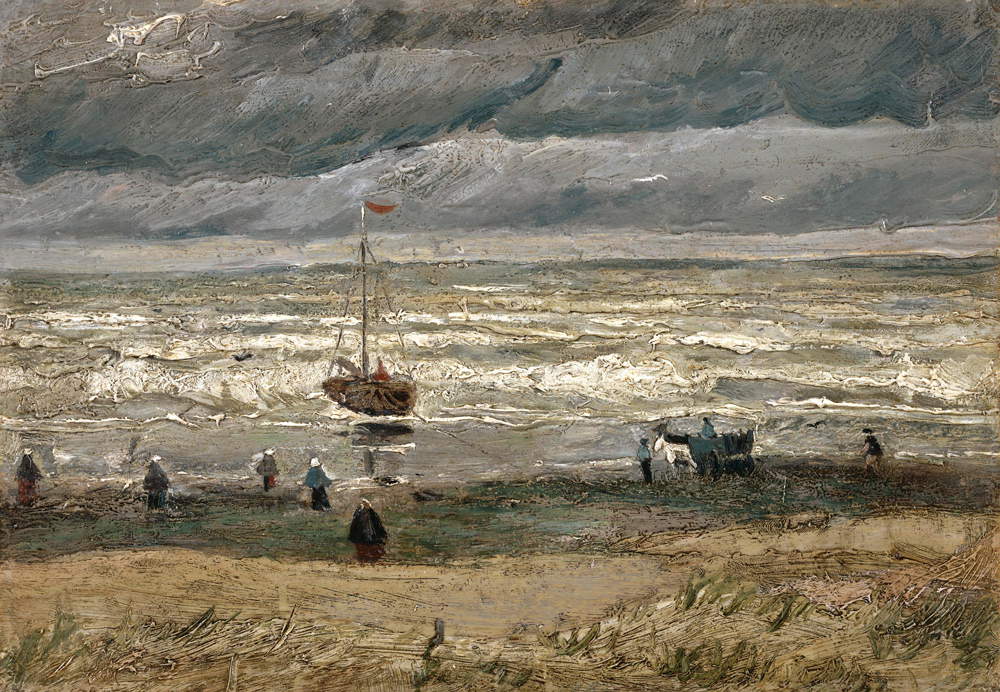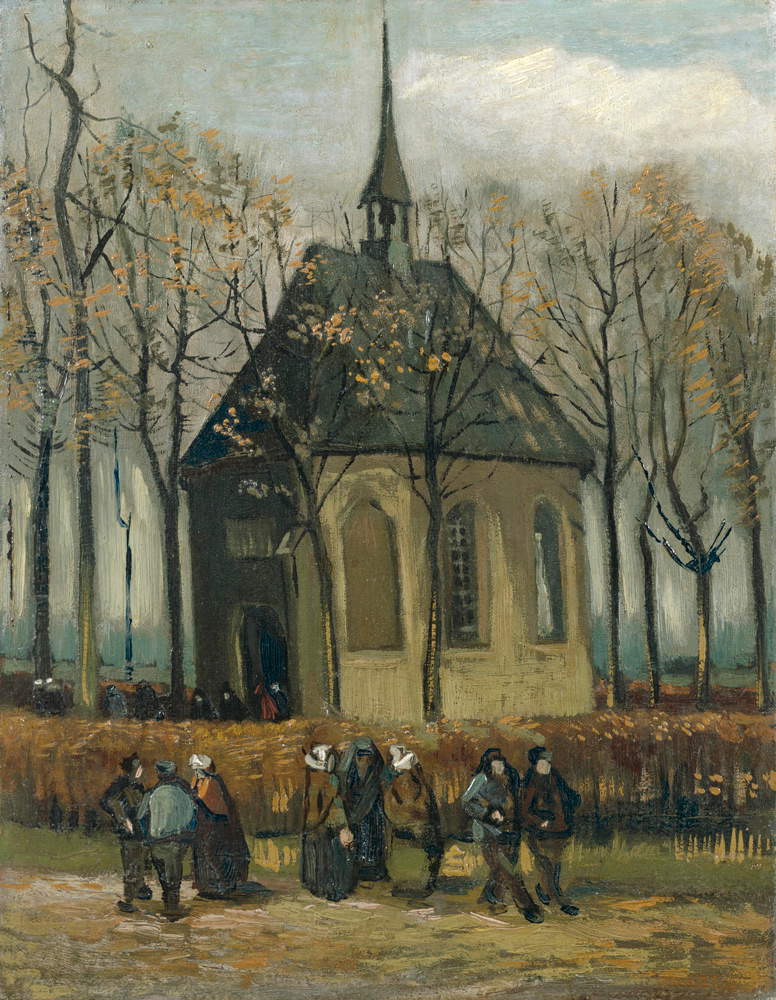Van Gogh paintings stolen by the Camorra and recovered are on display in Naples: they will return to the Netherlands at the end of the month
From tomorrow, Feb. 7, until the 26th, the two paintings by Vincent van Gogh (Zundert, 1853 Auvers-sur-Oise, 1890) that were stolen in 2002 from the Van Gogh Museum in Amsterdam will be on display at the Capodimonte Museum in Naples: they ended up in the cottage of a camorrista in Castellammare di Stabia and were found in September 2016. Recovered, after the brief Neapolitan exhibition they will be returned to the Netherlands.
Today, also at the National Museum of Capodimonte, the opening ceremony of the exhibition was held, which was attended by the museum’s director, Sylvain Bellenger, the Dutch ambassador to Italy, Joep Wijnands (the protagonist, moreover, of a siparietto during which he quoted Pino Daniele, obviously in Neapolitan), the director of the Van Gogh Museum, Axel Ruger, and Italian authorities (present were the president of the Campania region, De Luca, and the undersecretary for cultural heritage, Cesaro). “We are experiencing an enormous joy today,” Ruger told askanews microphones, “two paintings that have been missing from our collection for fourteen years have been recovered: this is a miracle that we can celebrate here, in the beautiful city of Naples.”
The two recovered paintings represent Scheveningen Beach (made in August 1882) and A Congregation Leaving the Reformed Church in Nuenen (from January-February 1884, retouched, however, in the fall of 1885). The beach at Scheveningen was a frequent subject for the Dutch painter: he visited there several times when, between 1881 and 1883, he stayed in The Hague, a city of which Scheveningen represents somewhat of an outlet to the sea (it is only a few kilometers from the center of the city that is the seat of the Dutch government). Van Gogh painted the work while a storm was raging: the painter left a direct account of the circumstances during which he made the painting in a letter addressed to his brother Theo and dated Saturday, August 26, 1882. “All week there have been blizzards, storms and rain here, and I have been several times to Scheveningen to see them. I came back with two small seascapes. In one of them there is a lot of sand, but in the second one, which I painted while there was really a storm and the sea had come very close to the dunes, I had to scrape everything off a couple of times because a thick layer of sand had covered everything. The wind was so strong that I could barely stand and barely see through the sand clouds. I tried to get to work anyway by painting it again, right away, in a small tavern behind the dunes, after scraping the painting for the first time, and after going out to have another look. So in the end I collected two small memories. Another memory, though, is the cold that I caught again, with the result that you know, which is that I have to stay home a couple of days perforce. In the meantime I painted some figure studies, and I will send you two sketches.”
 |
| Vincent van Gogh, Scheveningen Beach (1882; oil on canvas, 34.5 x 51 cm; Amsterdam, Van Gogh Museum |
 |
| Vincent van Gogh, A Congregation Leaves the Reformed Church in Nuenen (1884-1885; oil on canvas, 41.3 x 32.1 cm; Amsterdam, Van Gogh Museum |
The Reformed church in Nuenen, a town where Van Gogh lived with his parents between 1883 and 1885, became another of his favorite subjects. The painting that was found in Campania was made by Van Gogh for his mother, who had broken her leg and had to go through a period of convalescence: it is also a painting of great importance because it was the first that the artist, then in his early thirties, gave to his parents (moreover, his father, who was a Protestant pastor, administered worship in the very church in Nuenen). To include a “living” presence in the painting, the painter arranged a series of characters, members of a congregation, in front of the church, caught coming out of a church service: we have some in the foreground and still others coming out of the door of the small country church, which the artist places in the exact center of the painting, with the tall spire dividing the composition into two sections of equal size. The painting’sautumnal atmosphere constitutes an afterthought: in the fall of 1885, in fact, Van Gogh corrected the painting by adding touches of ochre on the plants and the bare foliage of the trees to give autumnal colors to the scene. The members of the congregation are also a later addition: they wear dark clothes as a sign of mourning. Probably the artist’s intention was to pay a small tribute to his father, who had passed away suddenly just in the spring of 1885.
After the Neapolitan exhibition, the two paintings can again be admired in their home, the Van Gogh Museum in Amsterdam.
Warning: the translation into English of the original Italian article was created using automatic tools. We undertake to review all articles, but we do not guarantee the total absence of inaccuracies in the translation due to the program. You can find the original by clicking on the ITA button. If you find any mistake,please contact us.





























